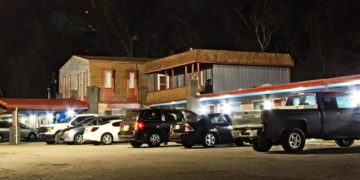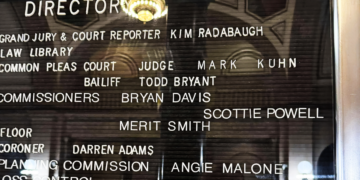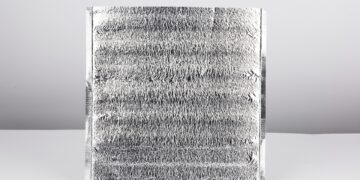Renovating an old building can be an exciting project filled with promise and potential. However, even the prettiest vintage buildings may contain dangers in the form of hazardous construction materials. These outdated materials and substances pose health risks, from respiratory problems to cancer, if they’re suddenly disturbed and not handled correctly. What are the most common hazardous building materials? Here are several dangers you might encounter and how to handle them safely.
Asbestos
Once a go-to material for its fire-resistant and insulating properties, asbestos still exists in many old buildings. It hides in insulation, tiles, shingles, and textured paints. Disturbing asbestos releases fine particles into the air that can cause lung diseases such as mesothelioma and asbestosis. Professional removal and the use of personal protective equipment are crucial for everyone’s safety.
Lead
Lead is another common building material. Until the 1970s, lead was commonly used in paint to help it dry faster and last longer. However, as lead paint ages, chips, and peels, it releases lead particles into the air and surroundings. Lead is especially dangerous to children because it may cause cognitive impairment. Specialized equipment and certified professionals are necessary for the safe removal of lead-containing substances in buildings.
Mercury
Another common element in vintage buildings, liquid mercury exists in old thermostats, thermometers, and fluorescent light fixtures. Mercury exposure is deadly and may lead to severe health issues, including kidney damage and neurological disorders. Again, don’t try to remove mercury yourself! Contact a removal service staffed by trained and certified technicians.
Polychlorinated Biphenyls (PCBs)
Used from the 1950s to 1979, PCBs were very common in electrical equipment, paints, and caulking. They have carcinogenic qualities and may also cause other health issues besides cancer. Only certified professionals should handle the removal of PCBs.
Radioactive Materials
It may sound like science-fiction, but radioactive elements are hazardous materials that may be present in old buildings. Radon gas may leak up from the earth and into a building’s basement or linger in well water. Old smoke detectors and exit signs may contain radium or tritium. Approach these objects cautiously, conduct testing for the presence of radioactivity, and hire professionals to remove these substances if you find them.
Chlorofluorocarbons (CFCs)
Mostly found in old refrigeration and air conditioning units, CFCs contribute to ozone layer depletion and are unsafe to inhale. Only experts should handle removal to prevent harm to the environment and personal health.
Steps To Ensure Safe Renovation
Now you know the most common hazardous building materials and a few solutions to address them. Be sure to conduct thorough inspections and testing for these materials. Budget for the potential need to safely remove them, and only hire certified professionals to perform that duty. Always prioritize safety and professional handling to protect yourself, future residents, and the local community.






















































































